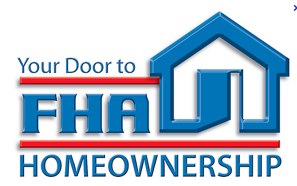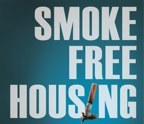By David Swedelson, Esq., Senior Partner at SwedelsonGottlieb, Community Association Attorneys

Directors and officers of an association are volunteers with enormous responsibilities, who put in countless hours to better their communities. Though directors and officers are appreciated by most of the community, they are sometimes blamed for their decisions and challenged in court. However, in the event that there is a challenge (a threatened or actual lawsuit), the law affords some protections to directors and officers.
What does the law say? California Civil Code Section 1365.7 and California Corporations Code Section 7231.5 set forth specific factors that can shield a director from liability. Specifically, these laws state that if a personal injury or property damage claim is brought against a director or officer, as a result of a tortious act or omission, and if the damage exceeds the amount of the association’s insurance coverage, the director or officer will not be personally liable in excess of the association’s insurance policy if:
1. The director or officer was acting within the scope of his/her duties;
2. The director or officer was acting in good faith;
3. The director or officer was acting in a manner which he/she believed to be in the best interest of the association;
4. The director or officer was acting with such care, including reasonable inquiry, as an ordinarily prudent person in a like position would use in similar circumstances;
5. The act or omission was not willful, wanton, or grossly negligent; and
6. The association maintained and had in effect an insurance policy at the time the act or omission occurred and at the time the claim was made, which meets the minimum requirements set forth in Civil Code Section 1365.7(a)(4).
Continue reading






 There are certain claims where small claims court may be the appropriate venue, as opposed to superior court. Typically, this includes claims against owners for unpaid assessments, fees and/or fines that do not exceed $5000, which is the limit that a California community association can recover in small claims court. When it comes to assessment collection, we generally only recommend small claims court where the association has already exhausted its other remedies, such as non-judicial foreclosure, and is trying to collect from a former owner who has lost their unit or lot to a senior lienholder/the bank. Starting a small claims court case is relatively easy. Many courts have small claims forms online which can be completed online or downloaded from the internet. However, knowing what to allege in the complaint form and how to present the case is not always that easy.
There are certain claims where small claims court may be the appropriate venue, as opposed to superior court. Typically, this includes claims against owners for unpaid assessments, fees and/or fines that do not exceed $5000, which is the limit that a California community association can recover in small claims court. When it comes to assessment collection, we generally only recommend small claims court where the association has already exhausted its other remedies, such as non-judicial foreclosure, and is trying to collect from a former owner who has lost their unit or lot to a senior lienholder/the bank. Starting a small claims court case is relatively easy. Many courts have small claims forms online which can be completed online or downloaded from the internet. However, knowing what to allege in the complaint form and how to present the case is not always that easy.




